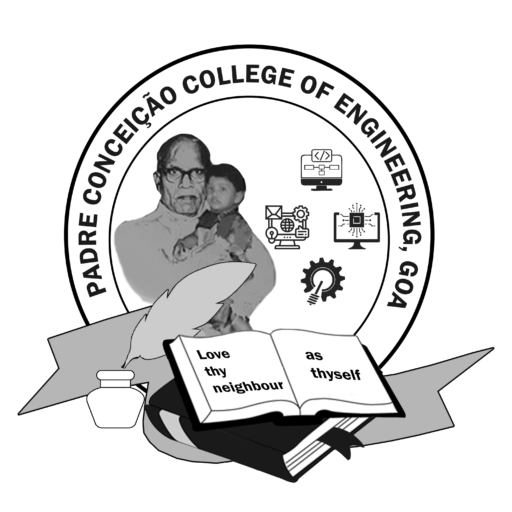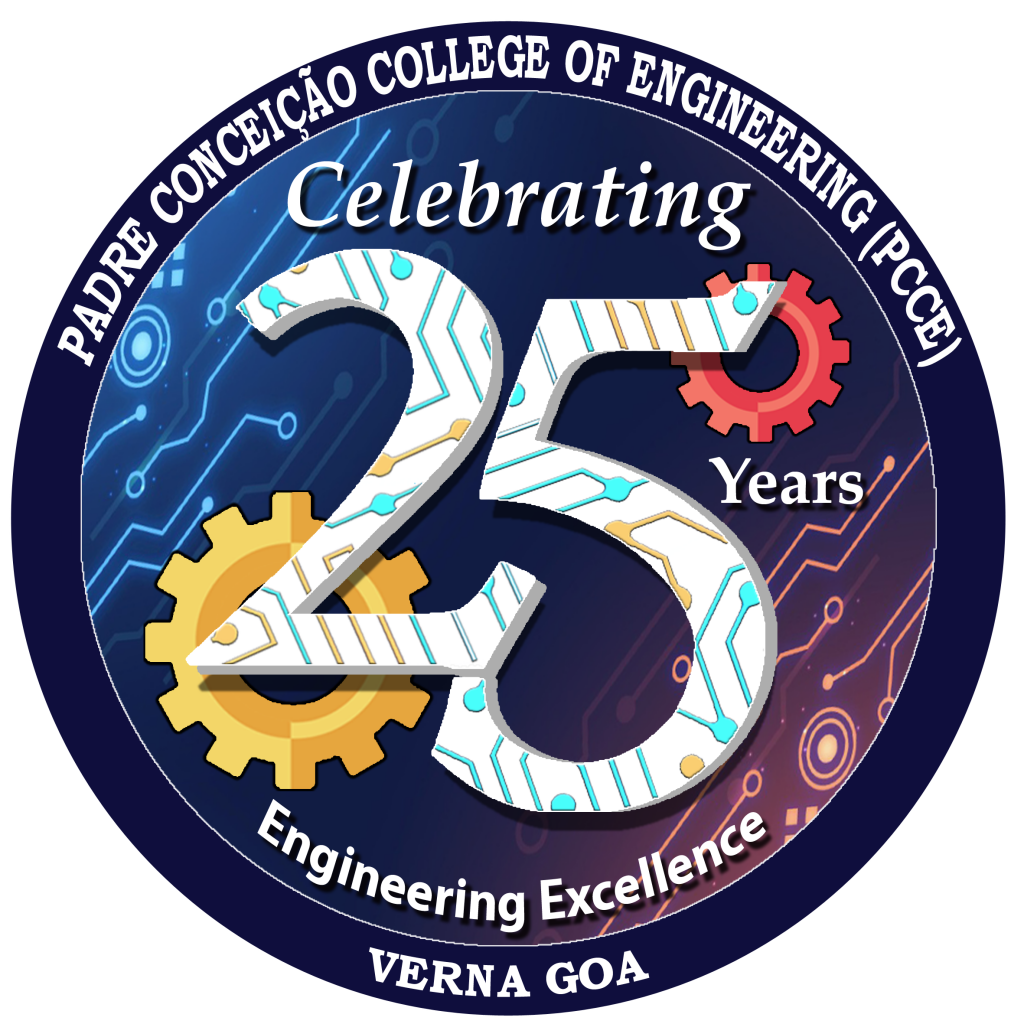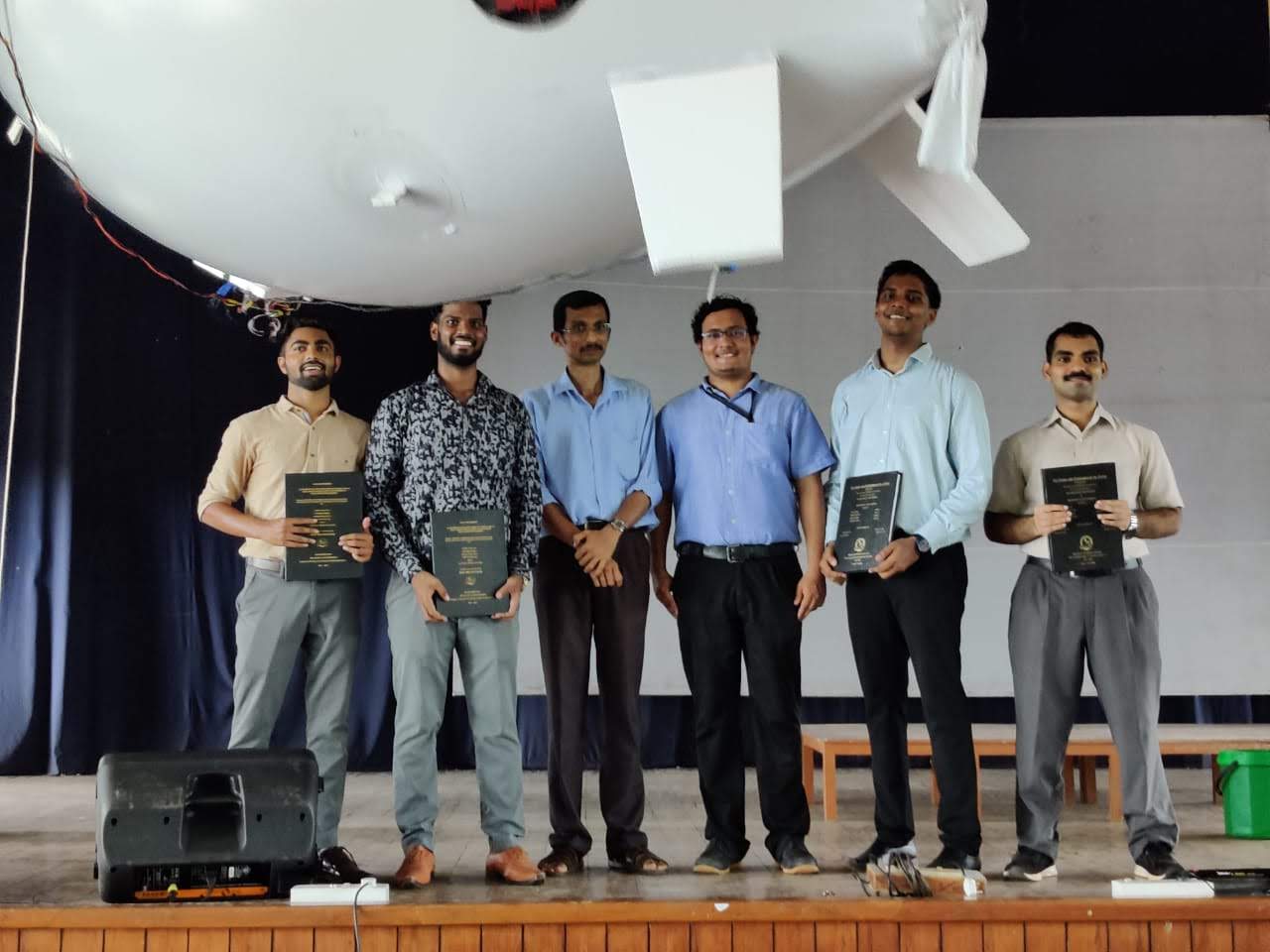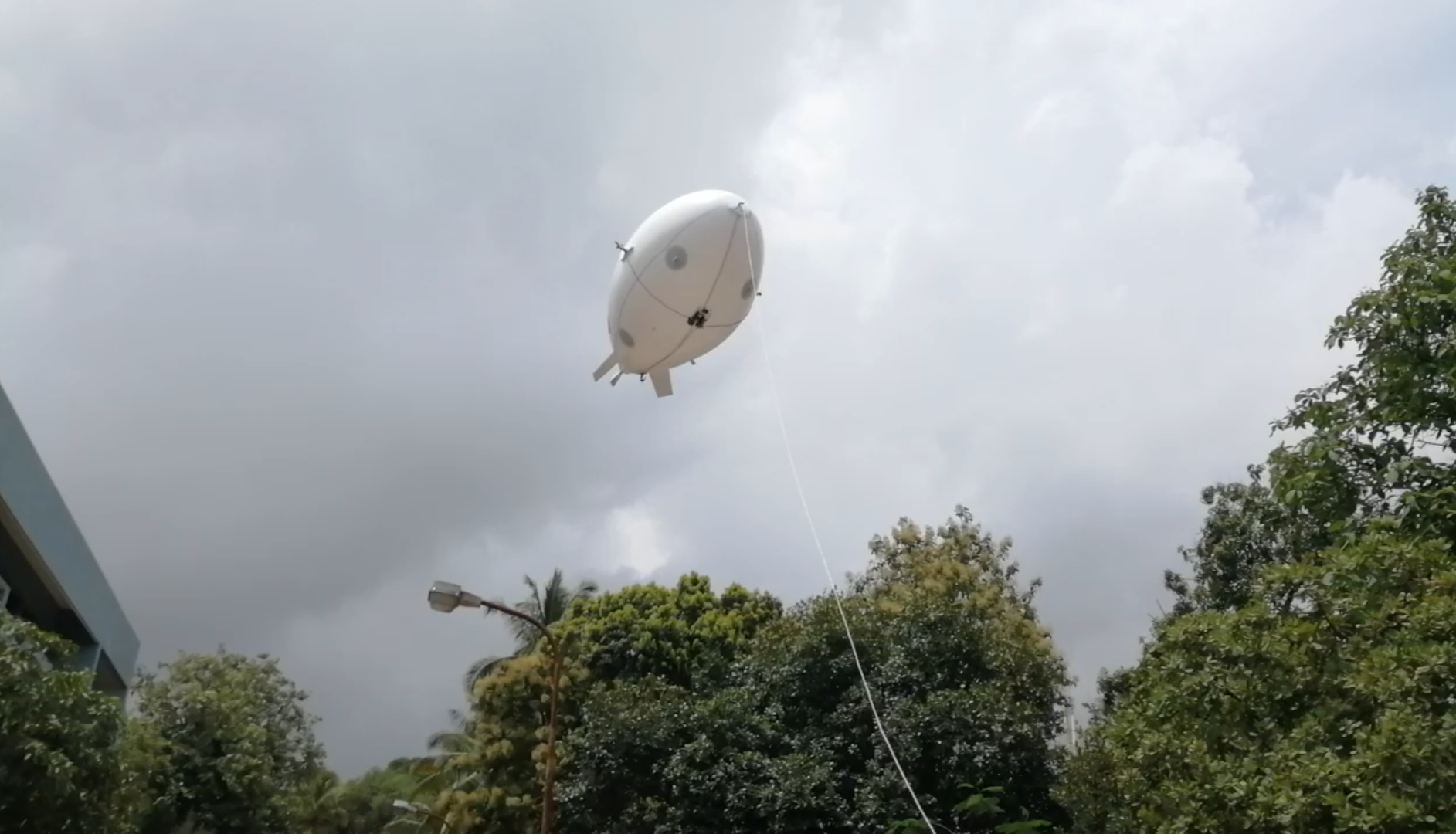LIGHTER THAN AIR – PCCE STUDENTS WORK ON AN AIRSHIP
Four enterprising students from the Department of Mechanical Engineering of Padre Conceicao College of Engineering worked on the design and fabrication of a model airship. It is a deceptively simple looking project until one starts working on it! It is a mechanical project encompassing parts of fluid dynamics, mechatronics, machine design and even the basics of aerodynamics.
The concept is simple – an aerodynamically shaped balloon is filled with a lighter than air gas like hydrogen and is to float without any external help. This allows it to carry some extra load or equipment.
The project group members were Mr. Kendrick Fernandes, Mr. Jeff Fernandes, Mr. Meljoe Fernandes and Mr. Macberth Fernandes. The guides for the project were Mr. Marvin Fernandes and Mr. Saeesh Verenkar, faculty of the department of Mechanical Engineering.
When asked as to what the reason for choosing this project was, they said that
all the team members wished to do something related to flight. While drones are a hot topic today, there were some limitations to them in their current form. One of the guides brought the airship to their notice and the work done in this respective field at IIT-Bombay by Prof. Rajkumar Pant.
Prof. Pant is a pioneer and an expert in this field.Then, with the encouragement of Prof. Pant, who took an active interest in the project, despite his busy schedule, and the involvement of their guides, taking it up was a no brainer.
When they just embarked on their project, they had to engage in a lot of calculations along with literature reading that took them a good 6 months. Once all the calculations were in place, they were validated with the help of Mr. Gaurak Phaldesai, faculty, Department of Mechanical Engineering, PCCE, using Fluent, a software used to simulate how a body interacts with flowing fluid. This validated both theoretically and experimentally various variables like stresses on the aircraft, gas volume needed, selection of airship shape from literature and the like. They then had to finalize on the materials used. After much deliberation, a supplier gave them the material and assisted them in making the envelope of the airship.
With the help of a few friends, they were able to make a control system to help the craft lift up, move forward and come down with minimal extra weight. Motor mounts were designed on Solidworks and were made with the help of 3-D printing, thereby ensuring low cost.
Every consideration was made to keep the entire weight as low as possible, ensuring that a decent enough load could be carried by it and hence, reduce the dependence on the motors. It truly was wonderfully challenging.
When asked as to what makes the project unique, they said that there is nothing like this being done anywhere else in Goa. This project group is showcasing a small alternative to existing quadcopters and other drones. The airship has a tested a minimum flight time of around 40 minutes in moderate winds. This is far more than what others offer in calm, ideal conditions. Also, it can be made to hover over a given spot for a very long period of time and generate minimal noise. Due to the lifting gas, its power consumption is very low.
One of the team members, Jeff said that while drones are all fun and nice, this airship makes them look less cool!Meljoe exclaims that it is actually pretty awesome to see it float without any motors – like it is weightless! Kendrick says that it’s actually humbling yet exciting to do something which many established companies are also working on. They wanted to start something meaningful. The key is to enjoy what you do and never, ever loose the hunger to learn more.
When asked about the future scope – On the airship alone, research and improvements can be done on the propulsion, control and stability systems and even some research can be done to optimise the shape.
Practically, it can be used to take videos of large events like rallies, festivals, weddings etc. The ship can be made to monitor the health of crops in a field. With the use of various sensors, a stationary ship and scan the farm and identify the crop regions which need more care and water.
They can also be used to carry cargo and goods into remote areas or even in times of natural disasters, due to them being able to land on any surface. The scope is endless and can always be expanded






